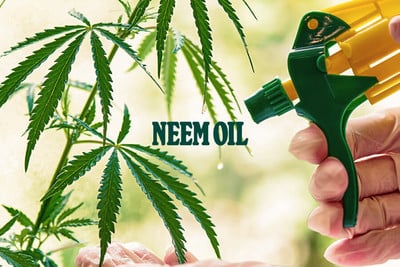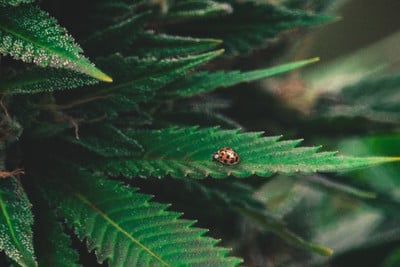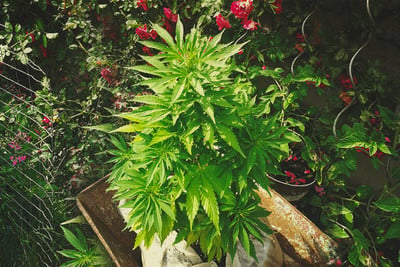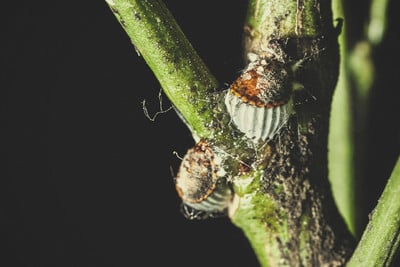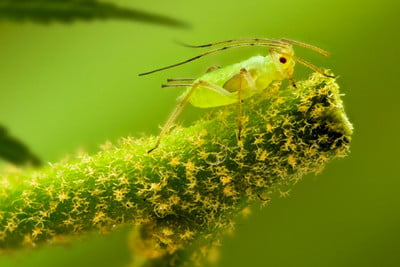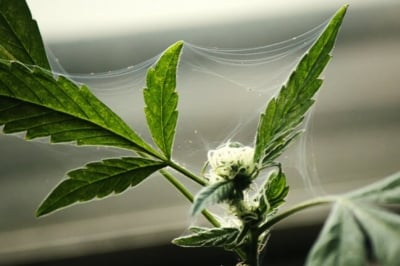.

Are Pesticides on Cannabis Dangerous?
If possible, many cannabis growers would like to avoid using pesticides. Or, at the very least, they'd like to use organic pesticides. In this article, we look at the potential dangers of pesticides on cannabis, and then investigate some organic alternatives.
Contents:
Many growers, of cannabis and other plants, wish to cultivate without using pesticides. Pesticides in/on weed have been linked to several health disorders, though none of these claims are proven. Regardless, pesticides can undoubtedly impact the wider environment in adverse ways. In this article, we look at pesticides, their risks, and some alternatives you can use to prevent pests from plaguing your cannabis crop.
What Is a Pesticide?
“Pesticide” is a very broad term encompassing a range of potential substances, and thus is worthy of more explanation. Ultimately, pesticide is the name given to any substance that kills “pests”, with pests being the pejorative name given to any organism that gets in the way of a successful harvest.
Pesticides get a bad rap these days, whether for damaging the quality of topsoil, decimating wild insect populations, or contaminating fruit, veg, and cannabis—and many express wishes of living in a pesticide-free world. But what actually is a pesticide?
Different Types of Pesticides
A pesticide can be anything from a highly toxic synthetic compound that destroys all it touches, to a natural, seemingly innocuous compound such as cannabis’ very own terpenes. Anything that kills predators is a pesticide. They can be broken down into the following categories:
- Herbicide: for killing unwanted plant growth
- Insecticide: for killing insects
- Fungicide: for killing fungi, such as mildew
- Rodenticides: for killing rodents, such as rats
But it goes much deeper than this, too.
As mentioned, pesticides can be both synthetic and/or organic. Though it depends on the pesticide in question, organic doesn’t necessarily mean less damaging.
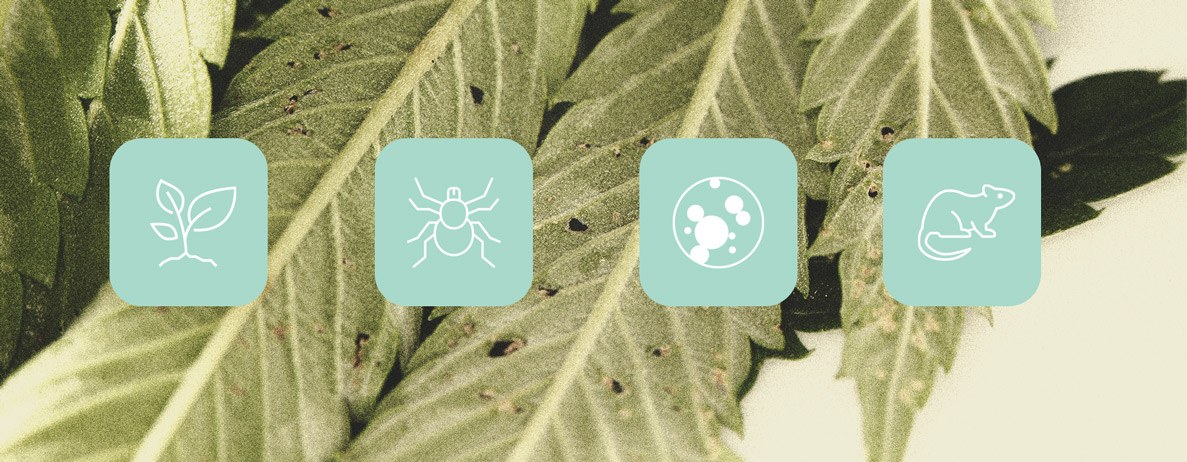
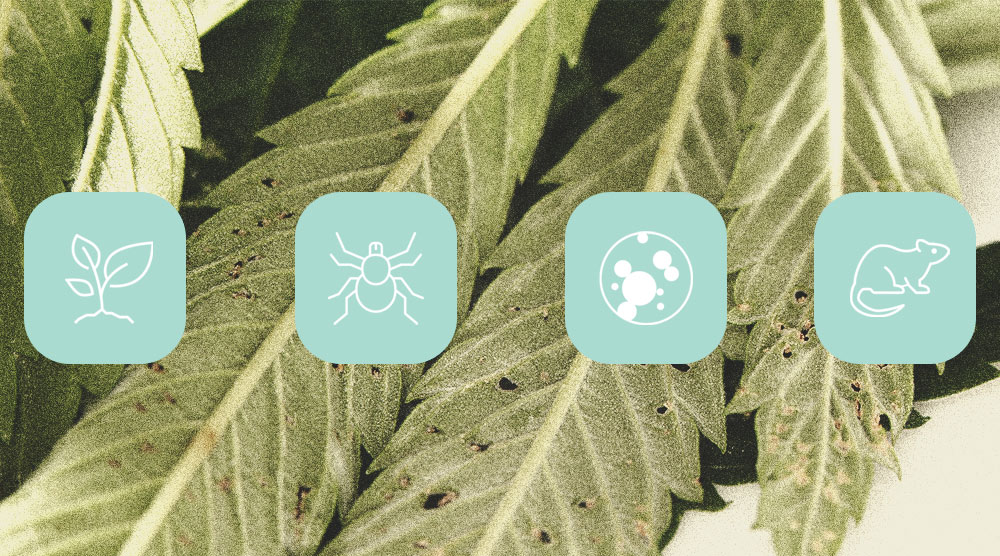
Among the most famous, and most dangerous, pesticides is DDT, or dichlorodiphenyltrichloroethane. Banned in the modern day, DDT was used liberally for decades to control insects on crops. Rising to popularity in the middle of the 20th century, it quickly became controversial due to its clear environmental impact and potential links to cancer. The US Environmental Protection Agency (EPA) banned DDT in 1972.
At the other end of the spectrum is neem oil (margosa oil). This oil is pressed from the seeds of the neem tree, native to the Indian subcontinent. Neem oil is known to be effective for killing a range of damaging insects, while seeming to not kill certain beneficial insects, such as butterflies. Moreover, it appears to do little to no damage to the wider environment, nor nearby birds, mammals, and so on. Nevertheless, it can still be dangerous. If ingested in high concentrations, it can be toxic and potentially even fatal to humans.
These two examples showcase the breadth of the word pesticide, demonstrating the difficulty of making any general comments about these substances.
What Are the Dangers of Pesticides for Humans?
Pesticides kill things—this is why they’re useful. Therefore, it’s safe to assume that, in a high enough concentration, all pesticides pose a risk to human health. That being said, some are much safer than others. Again, neem oil, for example, appears to be totally safe if used correctly, and is only dangerous if you were to drink it undiluted. DDT, on the other hand, may cause damage[1] even in trace amounts.
A study from 2018 links pesticides to around 300,000 deaths[2] a year. It identifies a broad range of potential health problems that may occur from pesticide exposure, such as Parkinson’s, Alzheimer’s, cancer, and disorders of the respiratory and reproductive tracts. Though uncertain of how pesticides in general exert these negative effects, scientists suggest that these substances cause oxidative stress, which damages the DNA in human cells, altering gene expression in turn.
These are two of many examples that suggest potent, often synthetic, pesticides pose a risk to human health. Moreover, the environmental damage caused by pesticide use is massive.
Can Pesticide Residue on Cannabis be Dangerous?
When pesticides are used on crops, they are not always washed off. Or, if they are, they are not always washed off effectively. In Europe, standards are fairly good, and food shouldn’t pose too much of an immediate risk to people’s health. But in some parts of the world, unwashed fruit and veg can prove fatal.
All of this raises the question, is cannabis grown with pesticides dangerous? In most cases, smoked cannabis can indeed deliver chemical inputs into the respiratory tract and lungs via combustion, at least to some degree. That said, the full scope of danger this causes to human health is yet unclear.
There is some research looking into whether pesticide residue on cannabis could pose a legitimate risk to human health. For instance, one study investigated whether the pesticides on cannabis could cause a higher risk of neurological disorders[3] in users. It points out that those using cannabis while experiencing conditions such as Parkinson’s or Alzheimer’s are already suffering from neurological disorders, and so are at a greater risk of the potentially negative effects of consuming pesticides.
Other studies suggest that pesticides may be behind the occurrence of cannabis hyperemesis syndrome (CHS), a rare condition characterised by nausea and vomiting linked to chronic cannabis consumption. Though the debate is ongoing, a recent study by Dr Russo suggests[4] that the link is unlikely, as, although (CHS) was first identified in 2004, cases haven’t increased at the same rate as pesticide use on cannabis. Instead, he suggests a genetic cause.
That being said, CHS is a rare condition that may be misdiagnosed in many cases, so we are quite some ways away from identifying the causes and overall impact of the condition.
Pesticide Alternatives for Growing Cannabis
Given the potential dangers of consuming pesticides, and their known environmental impact, it may be wise to choose safer alternatives when growing cannabis at home.
There are many alternatives to toxic chemicals that we can use when growing cannabis. Some, however, take a little research and knowledge to administer. The reason that certain pesticides are so popular is that they are very general in scope, killing basically everything. This means that you can spot and solve a problem without really needing to identify it.
Some of the alternative methods below are only effective against particular pests and problems, meaning you need to be selective. They are well worth the effort, though! In a sense, all the below options are pesticides, as they work to kill pests. However, they are not your classic synthetic pesticides, and work in different ways to most commercial products.
-
Remove by Hand
This may seem tedious, but it can actually be the easiest and most effective solution, depending on the pest. If you have a full-on spider mite infestation, then removing them by hand is not feasible, and requires a more dramatic approach. If, on the other hand, you spot a single cluster of eggs on a leaf, then removing the leaf might be enough to stave off an infestation.
If you do go this route, come back and check plants regularly—especially under the leaves—to ensure that you have removed the whole problem!
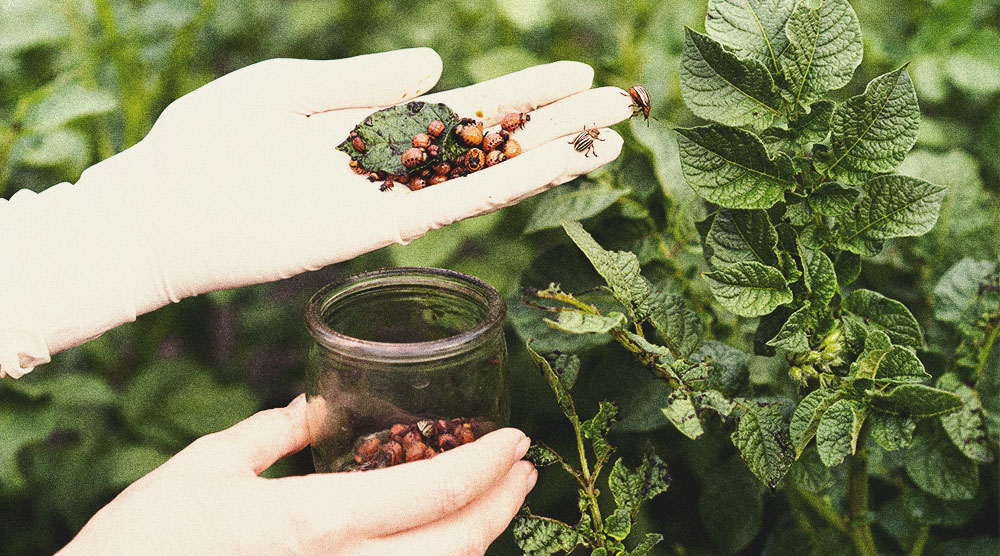
-
Alcohol
An alcohol solution is an effective treatment against pests, especially insects. It’s easy to make and use, and should solve a problem very quickly. Use ethanol or isopropyl alcohol, and mix together around 9 parts water to 1 part alcohol, and spray it directly onto the pests. The stronger you make it, the more effective it will be. Make sure to never spray developing or mature buds!

-
Ladybugs
Ladybugs are ferocious predators, and will hunt down many insects that can damage your cannabis crop. You can either tempt them into your garden or buy them from a garden centre. Release them in the morning or the evening, when it’s cool, and they should get to work immediately.
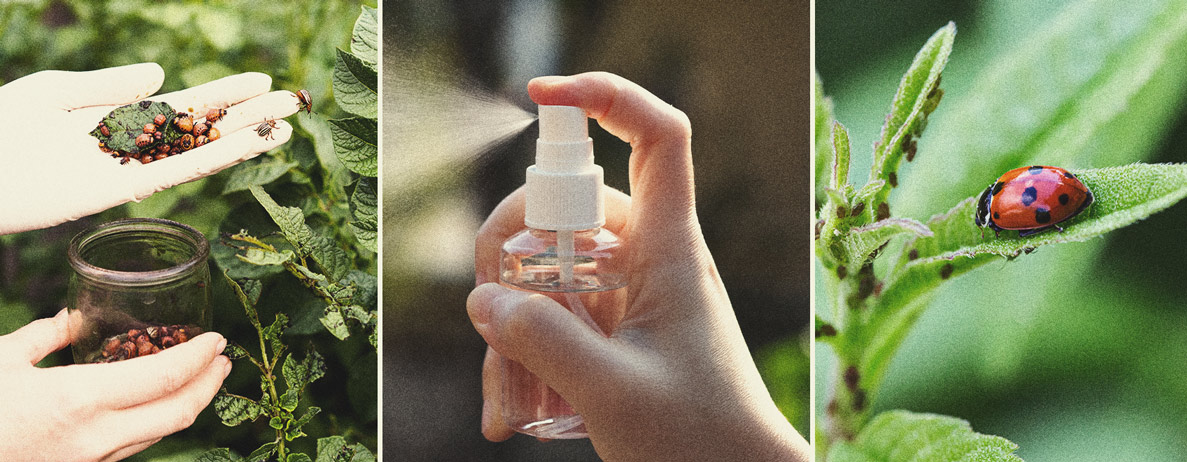
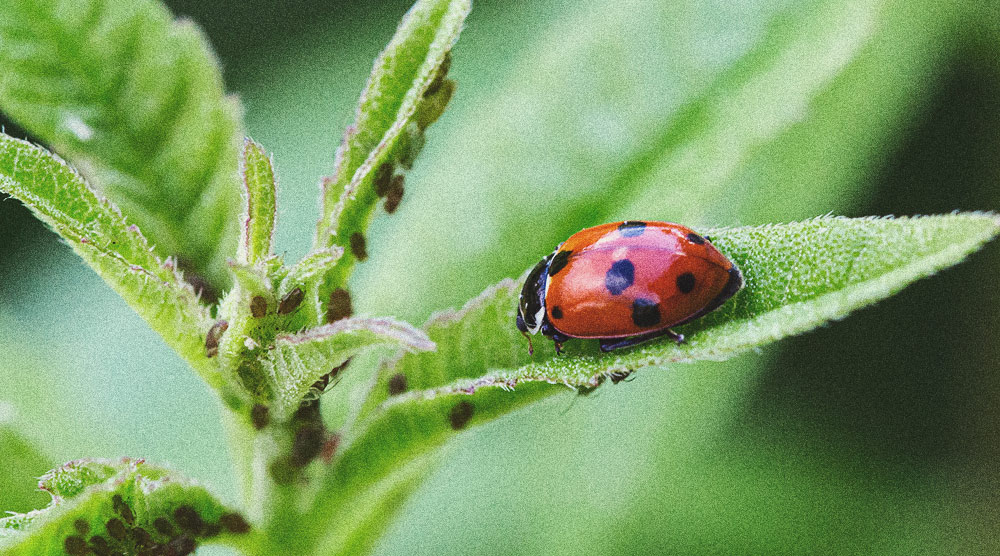
-
Diatomaceous Earth
Made of fossil dust, diatomaceous earth is incredibly sharp at the molecular level and can actually damage the bodies of insects and pests. To use it, spread it around the base of your plant, and put it on plants themselves while they’re in the vegetative stage. Do not put it on flowering cannabis, as you don’t want it on the buds—you might end up inhaling it, which is not good!
Note: use a face mask when applying diatomaceous earth to avoid inhaling it.
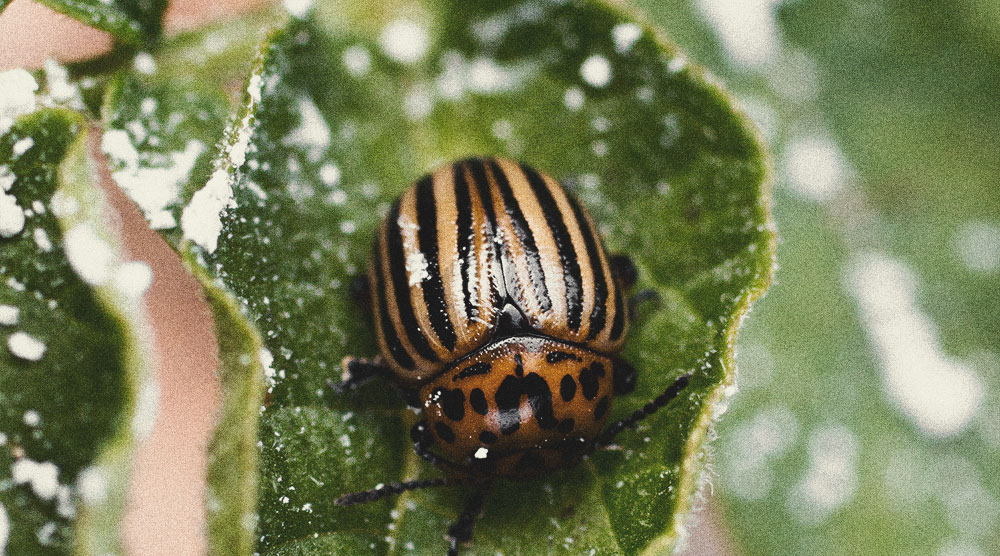
-
Neem Oil
As previously mentioned, neem oil is an effective natural pesticide that poses little risk to human health and the wider environment. Easy to find online or in garden centres, simply spray it onto an infested plant—not on the buds—and watch it work its magic. Neem oil works great as both a prophylactic measure and a solution to an existing infestation.
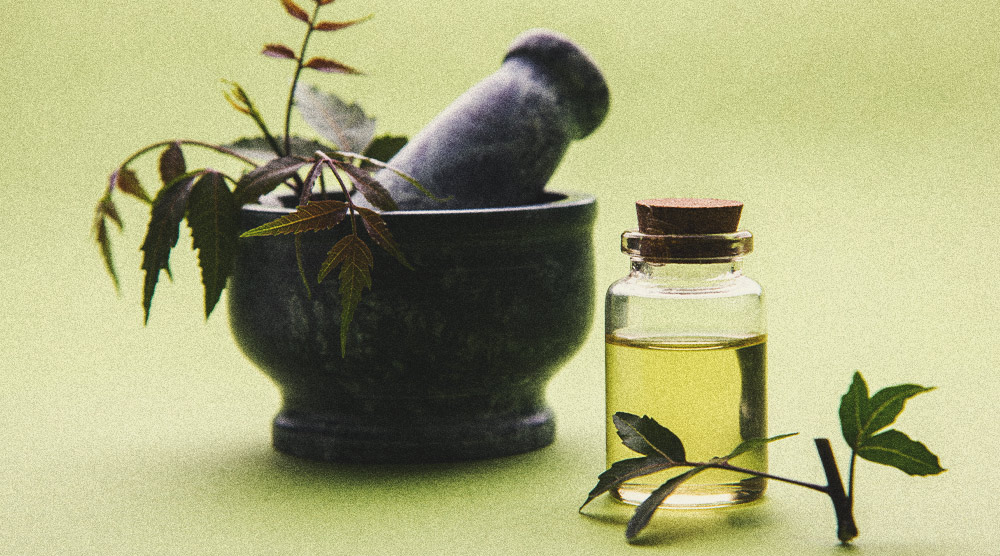
-
Sticky Traps
You’ve probably come across sticky traps before. These are adhesive strips that attract a range of insects, which then become stuck on them and eventually die. Gruesome for sure, but effective. Moreover, in summer they can help to keep flies to a minimum too, which has the added benefit of keeping the noise down!
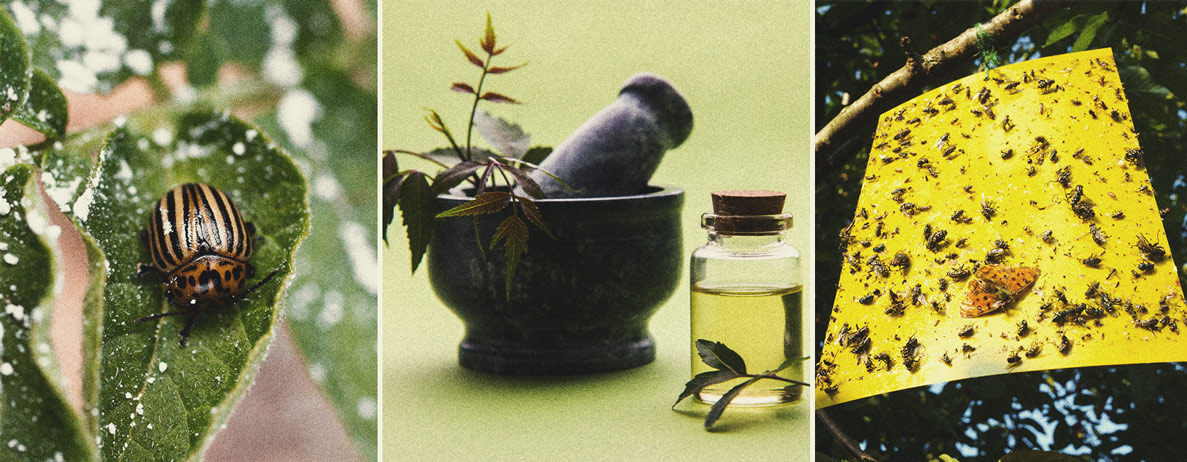
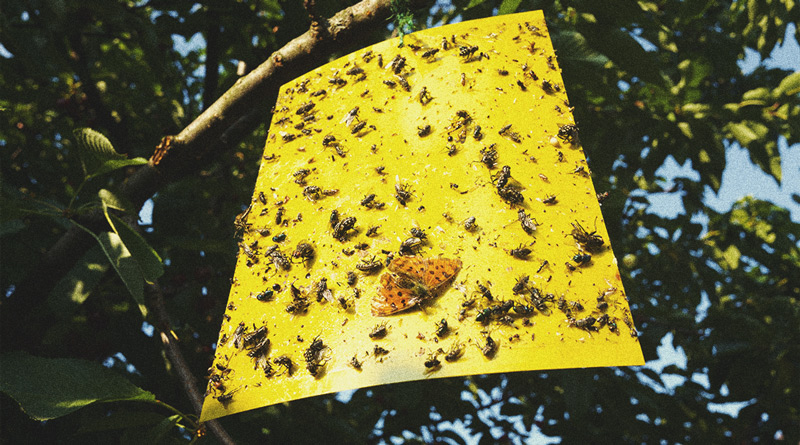
-
Covers and Greenhouses
Putting your plants in a greenhouse reaps all the benefits of outdoor growing while offering greater environmental control. Of course, a greenhouse doesn’t stop an infestation from occurring, but it does mitigate the risk somewhat.
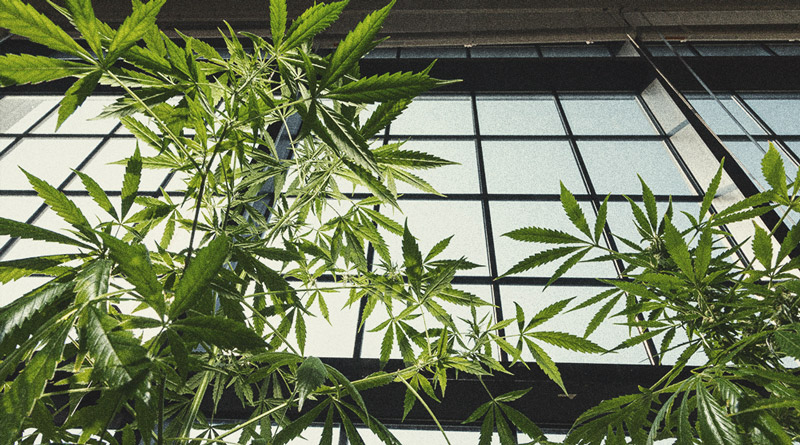
-
Garlic
Garlic acts as a natural pesticide, and is a great way to get rid of unwanted insects and infestations. To make a garlic spray, you need to source garlic extract, which is easily accessible in shops. Or you can make it by blending 4–5 cloves of garlic along with a small amount of water and a few drops of dish soap. Then, strain the “juice” through a cheesecloth or coffee filter. Add this concoction to around 500ml of water, and use a misting bottle to spray it onto your plants.
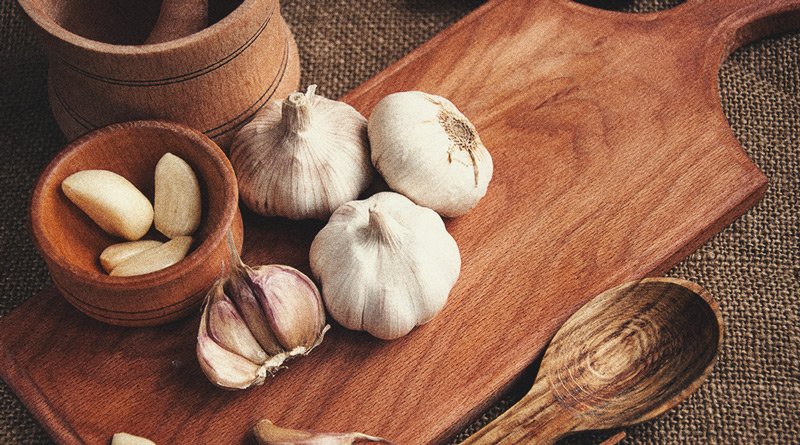
-
Turmeric
A novel way to remove pests from cannabis plants, turmeric can be good at killing off bacterial infestations. To make a turmeric solution, mix 15 grams of turmeric powder with 1.5 litres of water and 1.5 grams of baking soda. If you want to tackle insects instead, swap the baking soda for mustard oil, and you should stop the insects from reproducing.
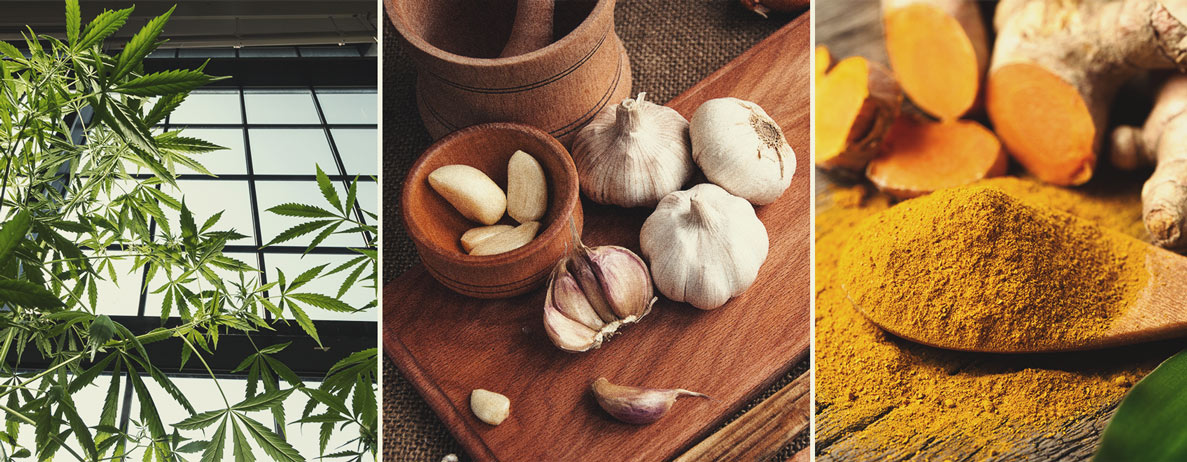
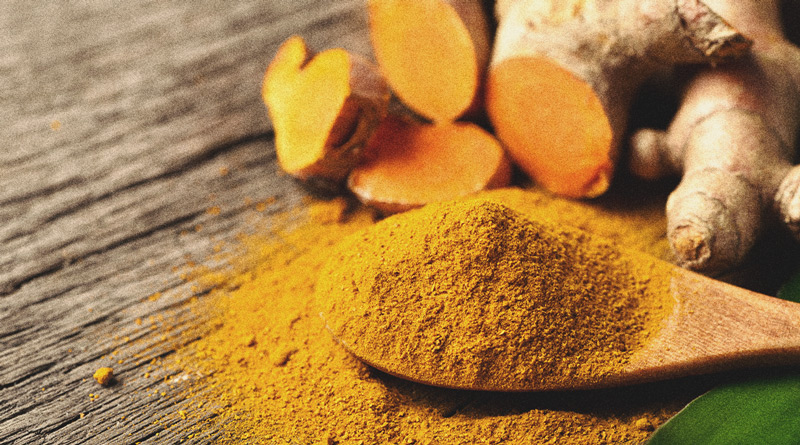
Cannabis and Pesticides: Consider Bud Washing
As you can see, certain pesticides are very dangerous, and you don’t want to consume them. It’s unlikely that you’d use these for growing cannabis at home anyway, but it’s worth being aware of the risks nevertheless.
Whether you’ve used pesticides or not while growing weed, you could try washing your buds after harvest, before drying. This little-known practice helps to extract not only pesticides, but general dirt and residue that becomes stuck to what are admittedly very sticky buds.
Using pesticide-free growing practices is good for you and the environment, and will land you with a haul of delicious, unadulterated weed come harvest time.
- DDT and related compounds and risk of pancreatic cancer - PubMed https://pubmed.ncbi.nlm.nih.gov
- Hazardous effects of chemical pesticides on human health-Cancer and other associated disorders - PubMed https://pubmed.ncbi.nlm.nih.gov
- https://www.sciencedirect.com/science/article/pii/S2666027X21000128
- Cannabinoid Hyperemesis Syndrome Survey and Genomic Investigation https://ethanrusso.org



























